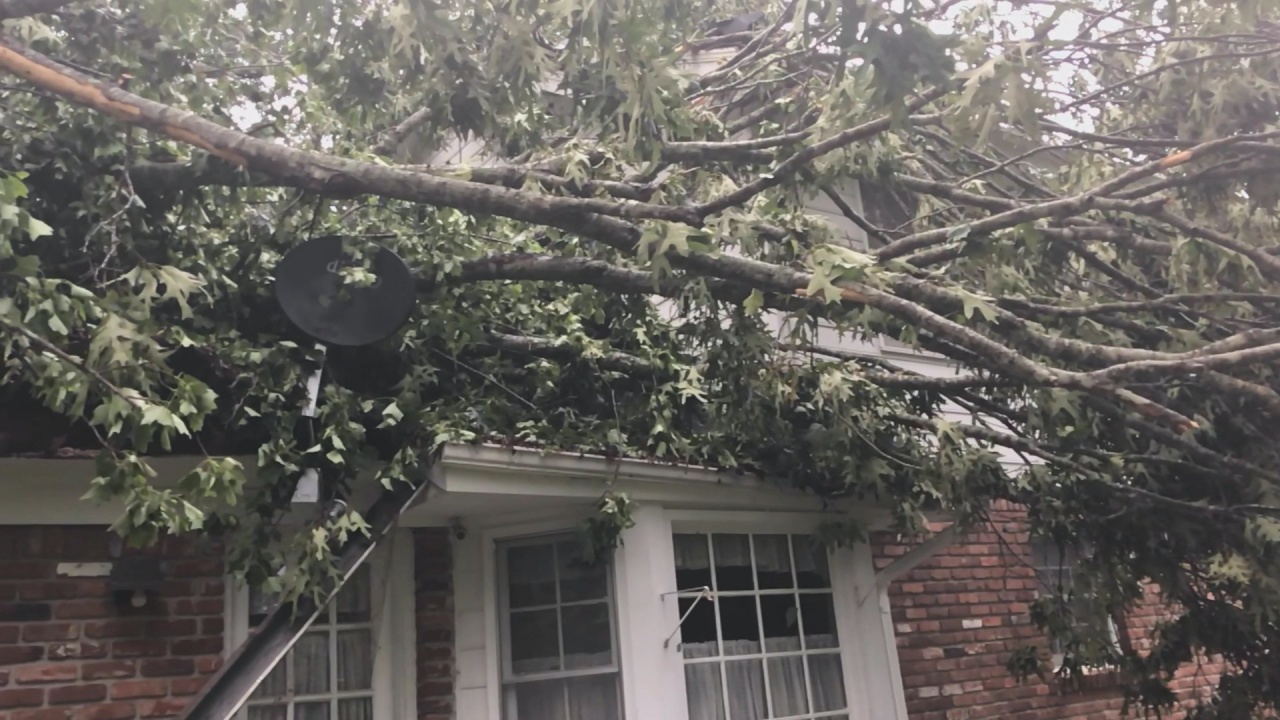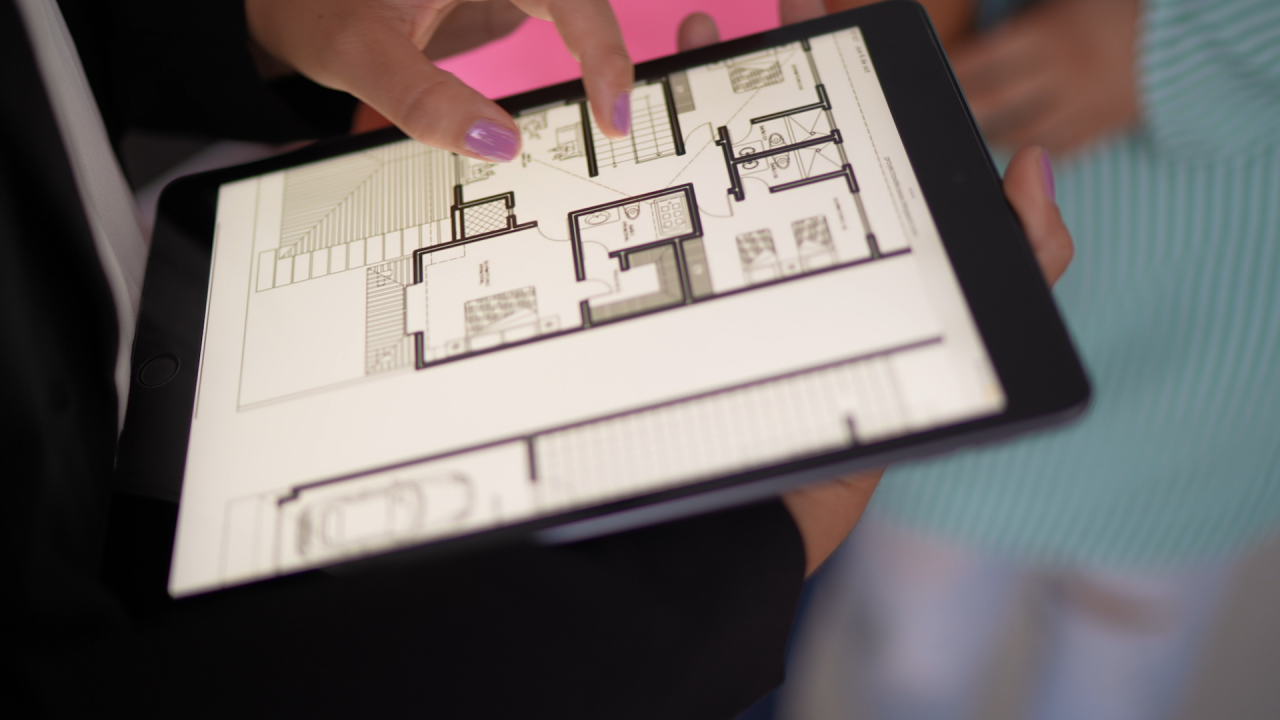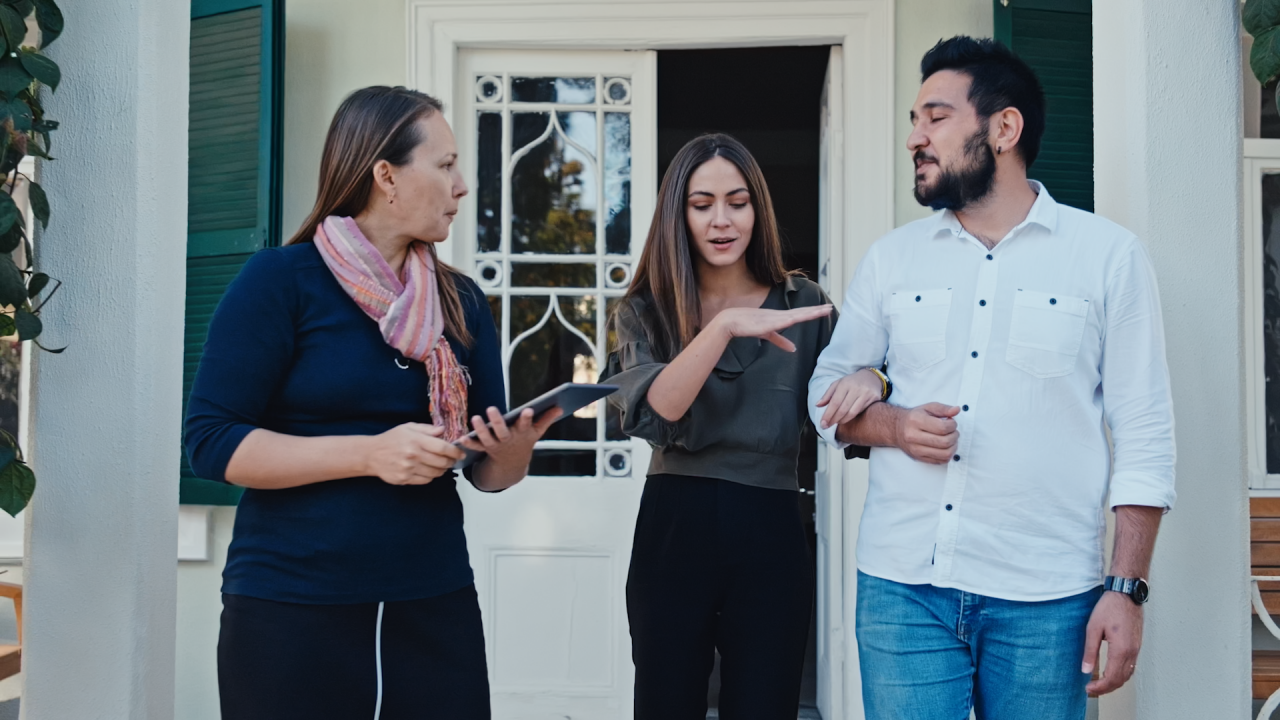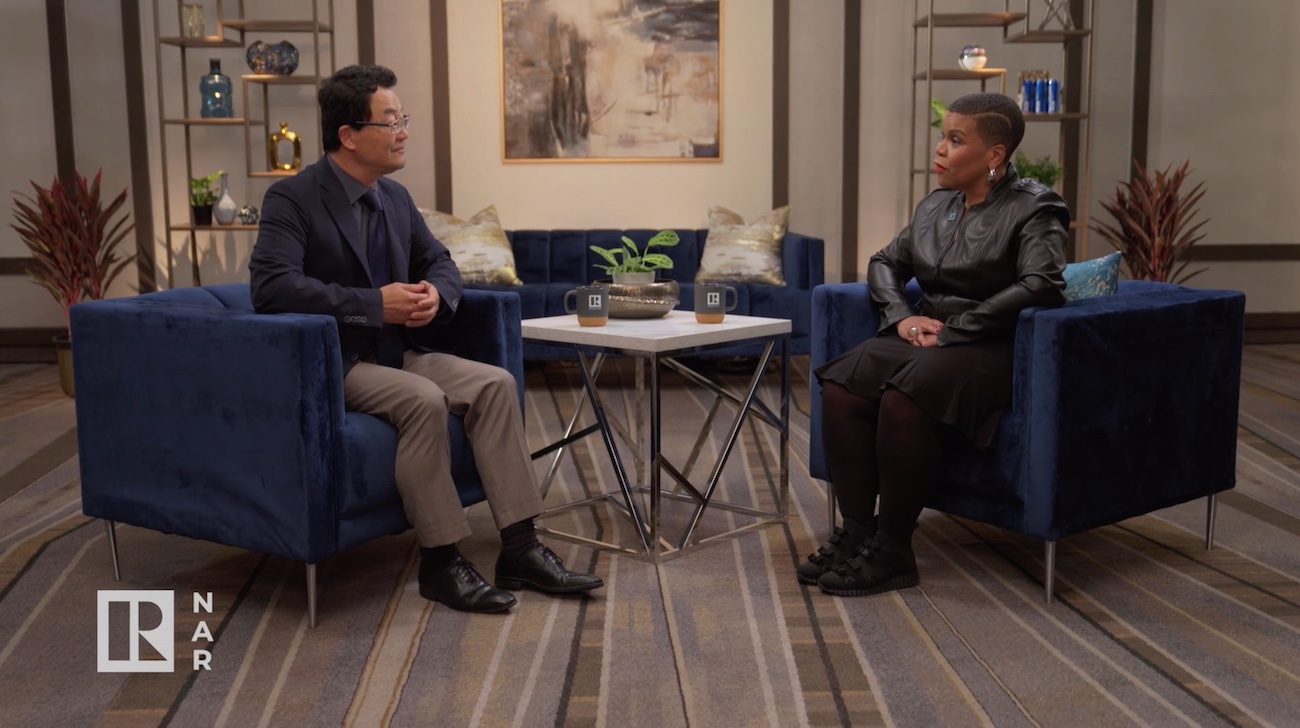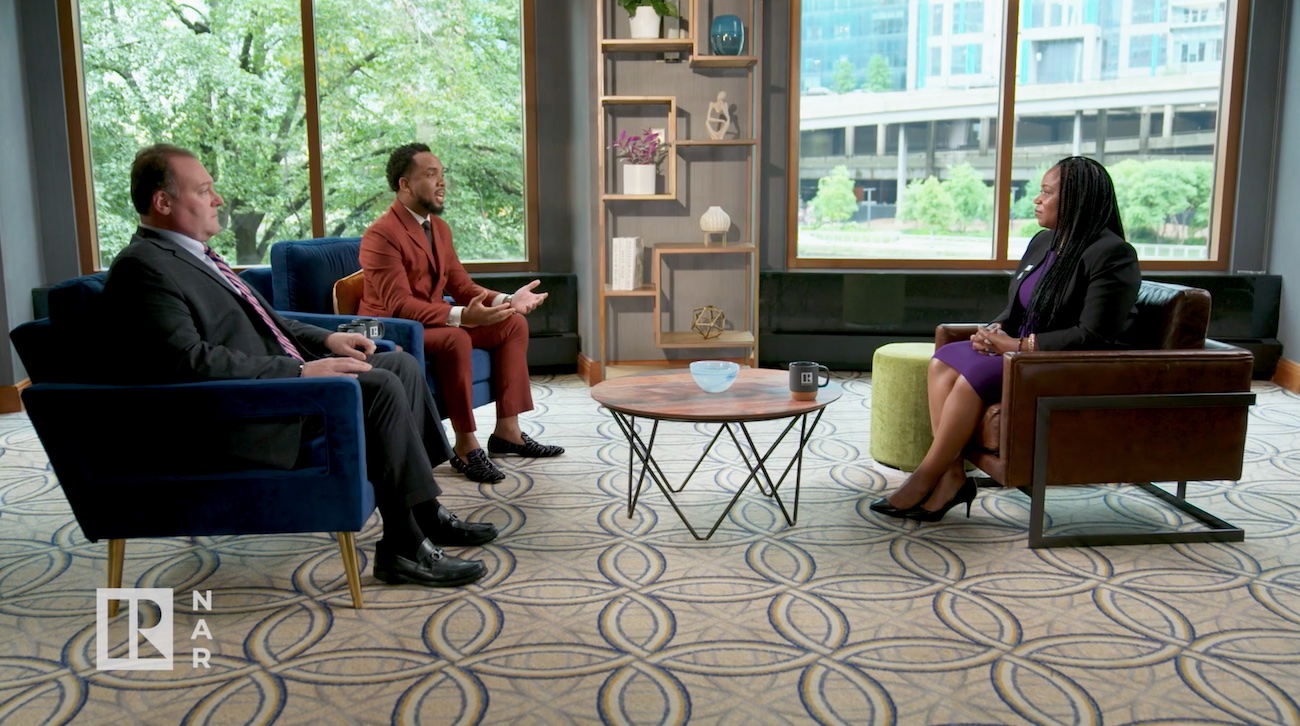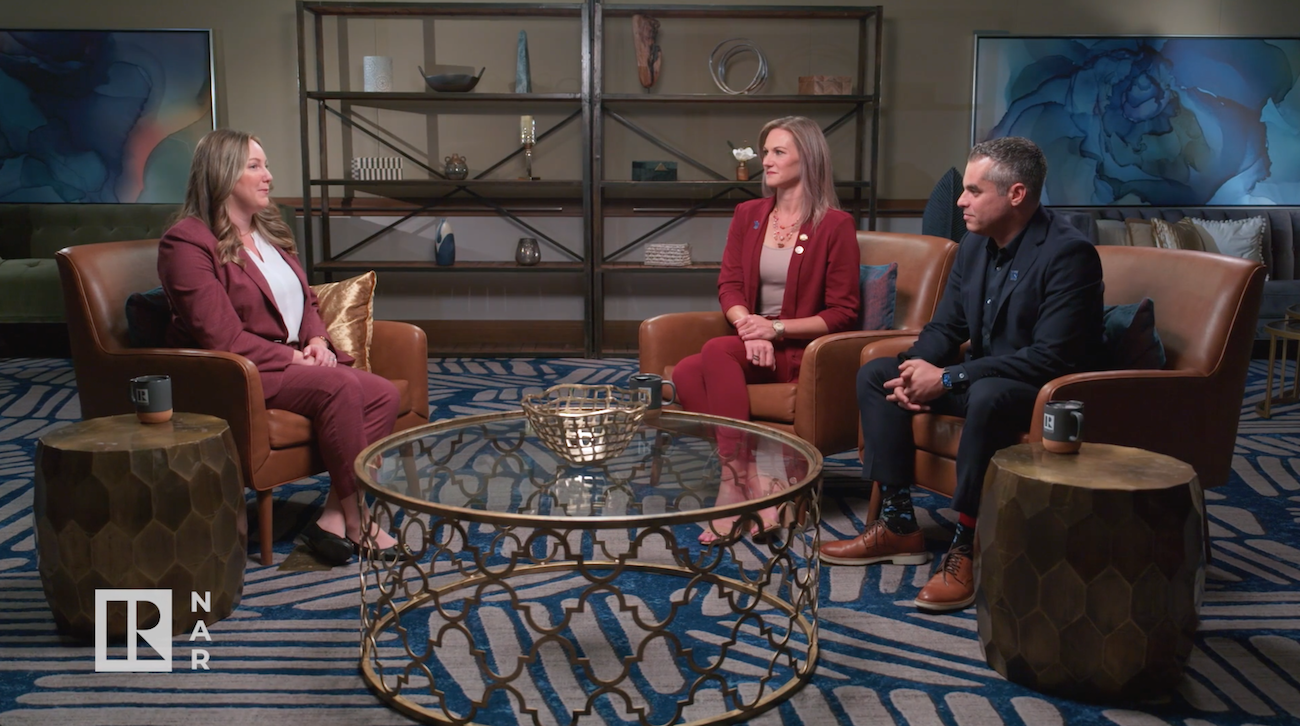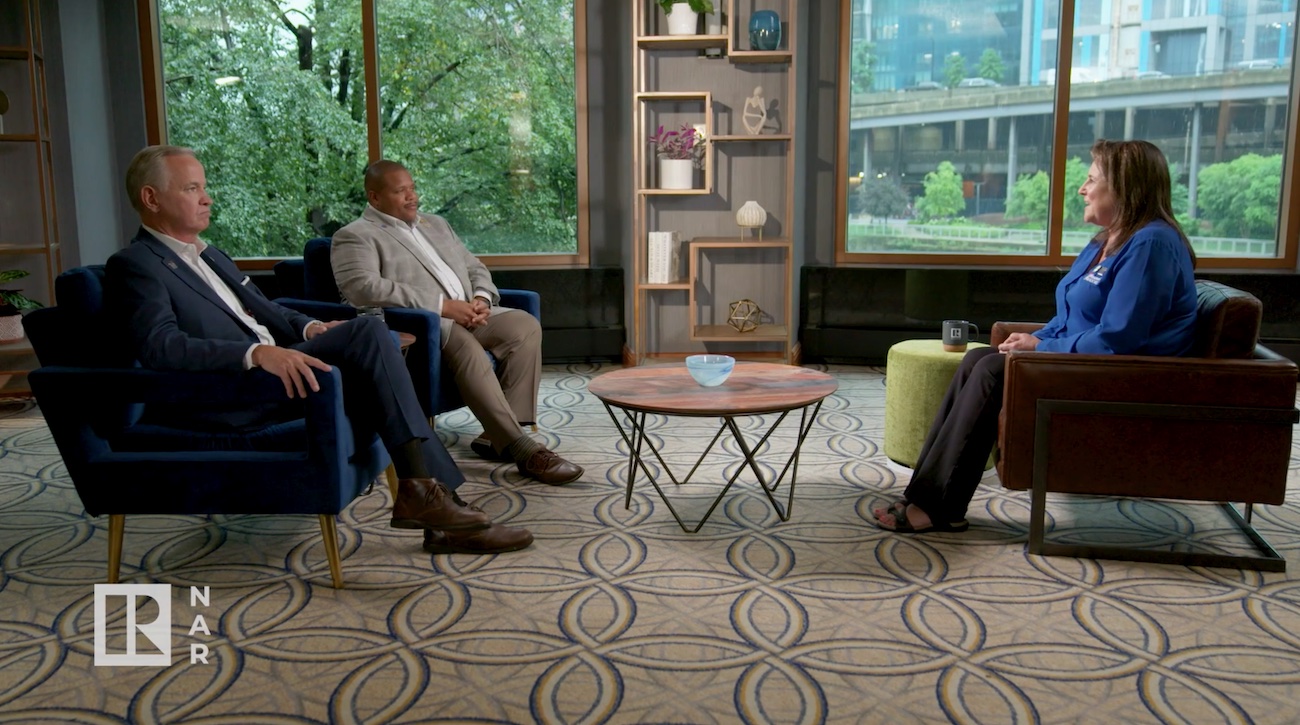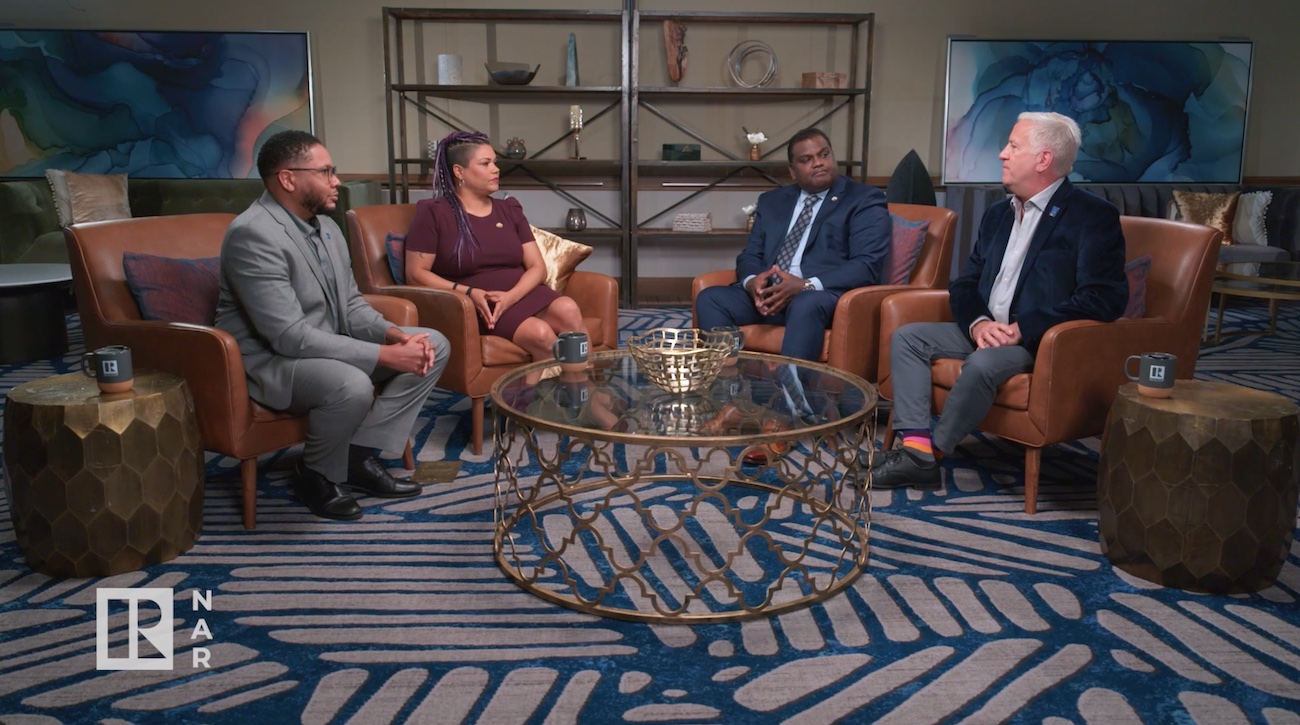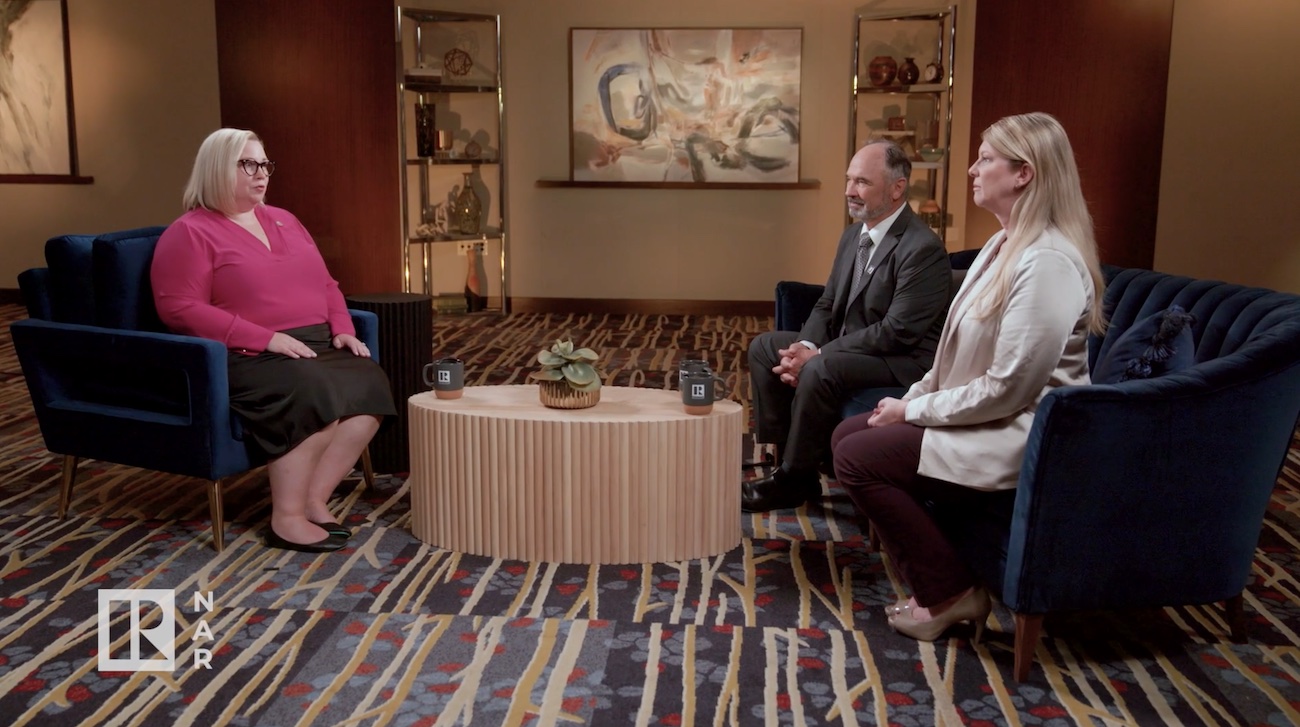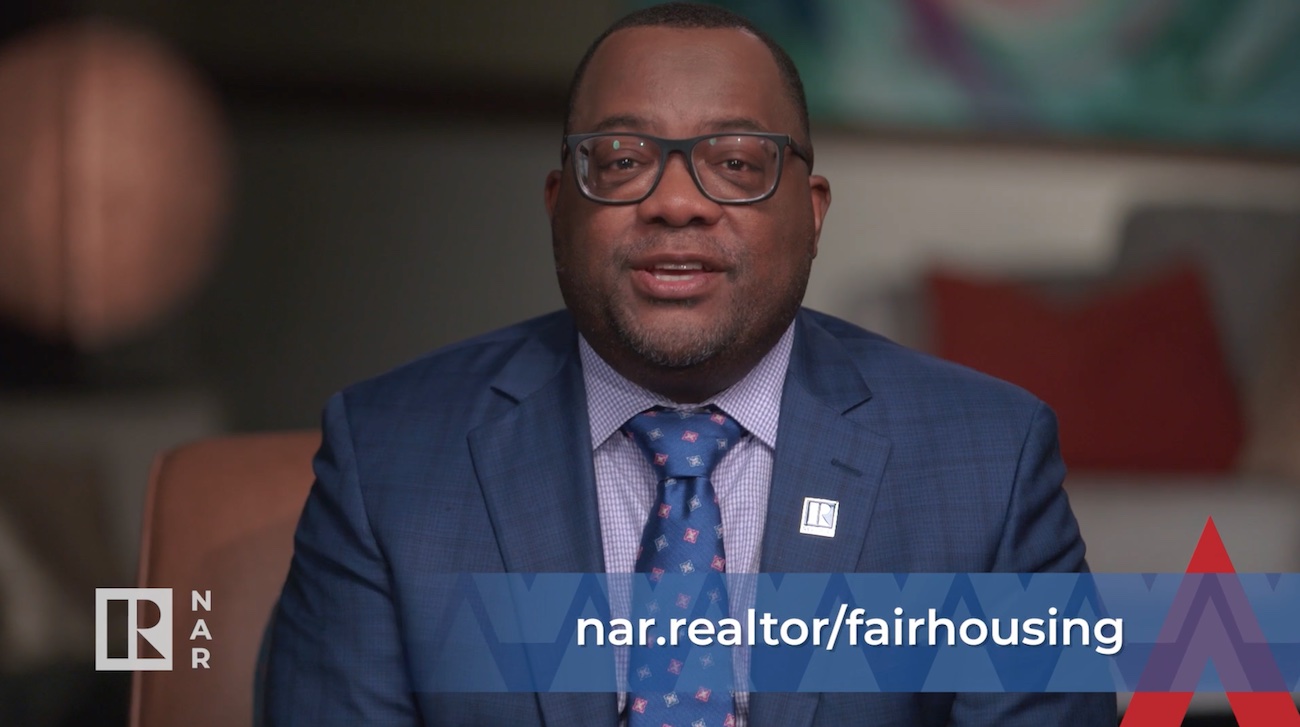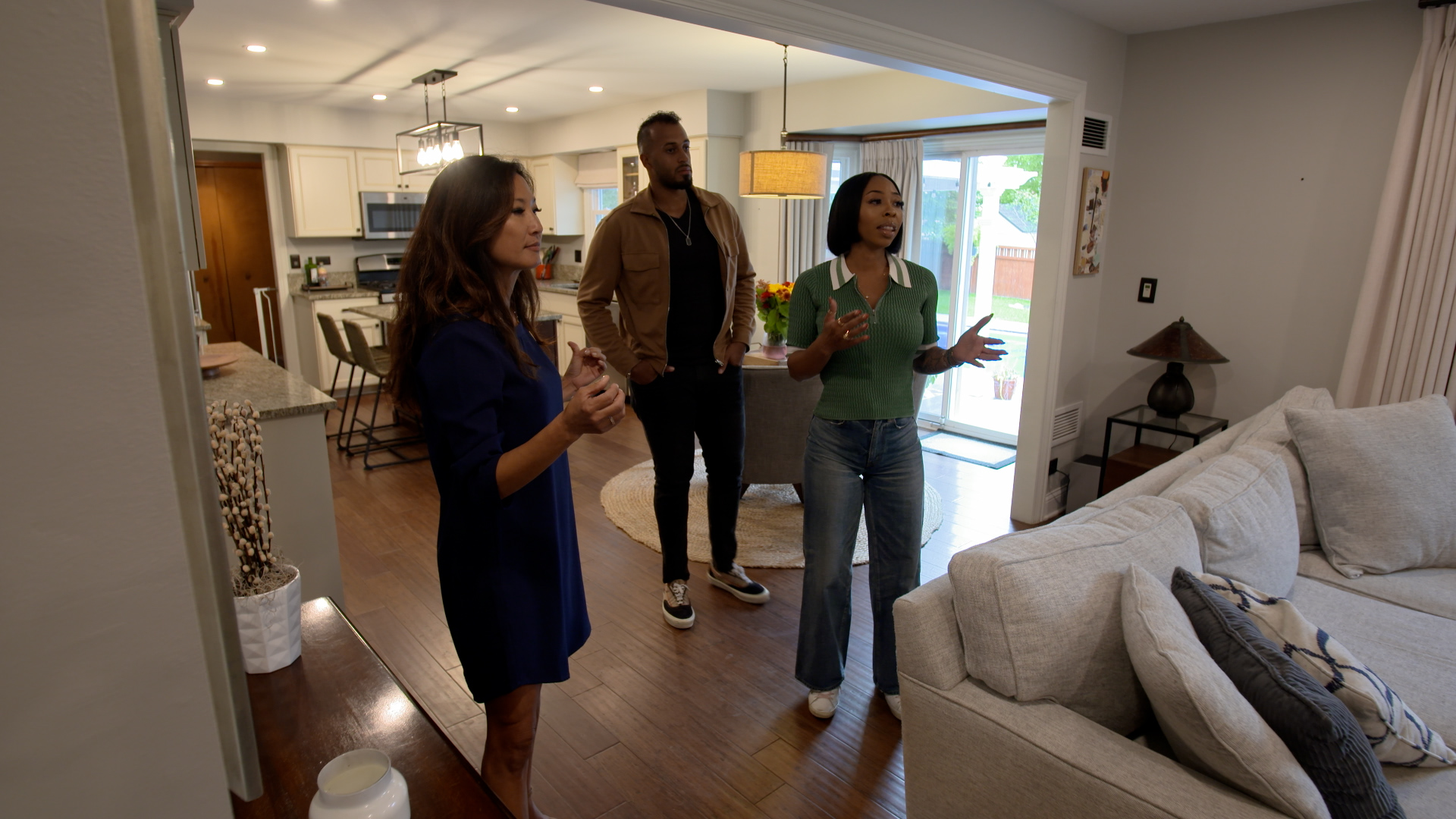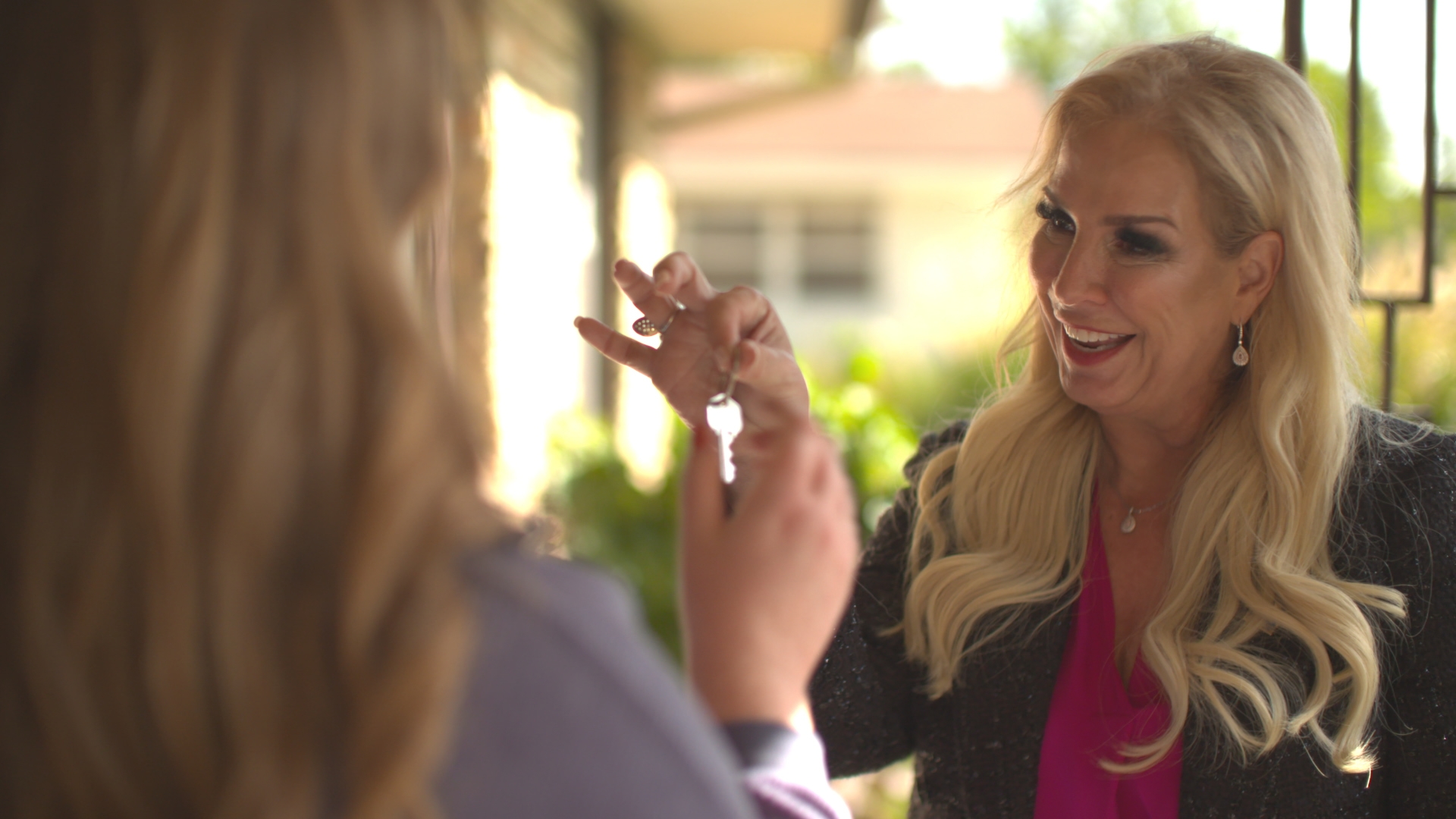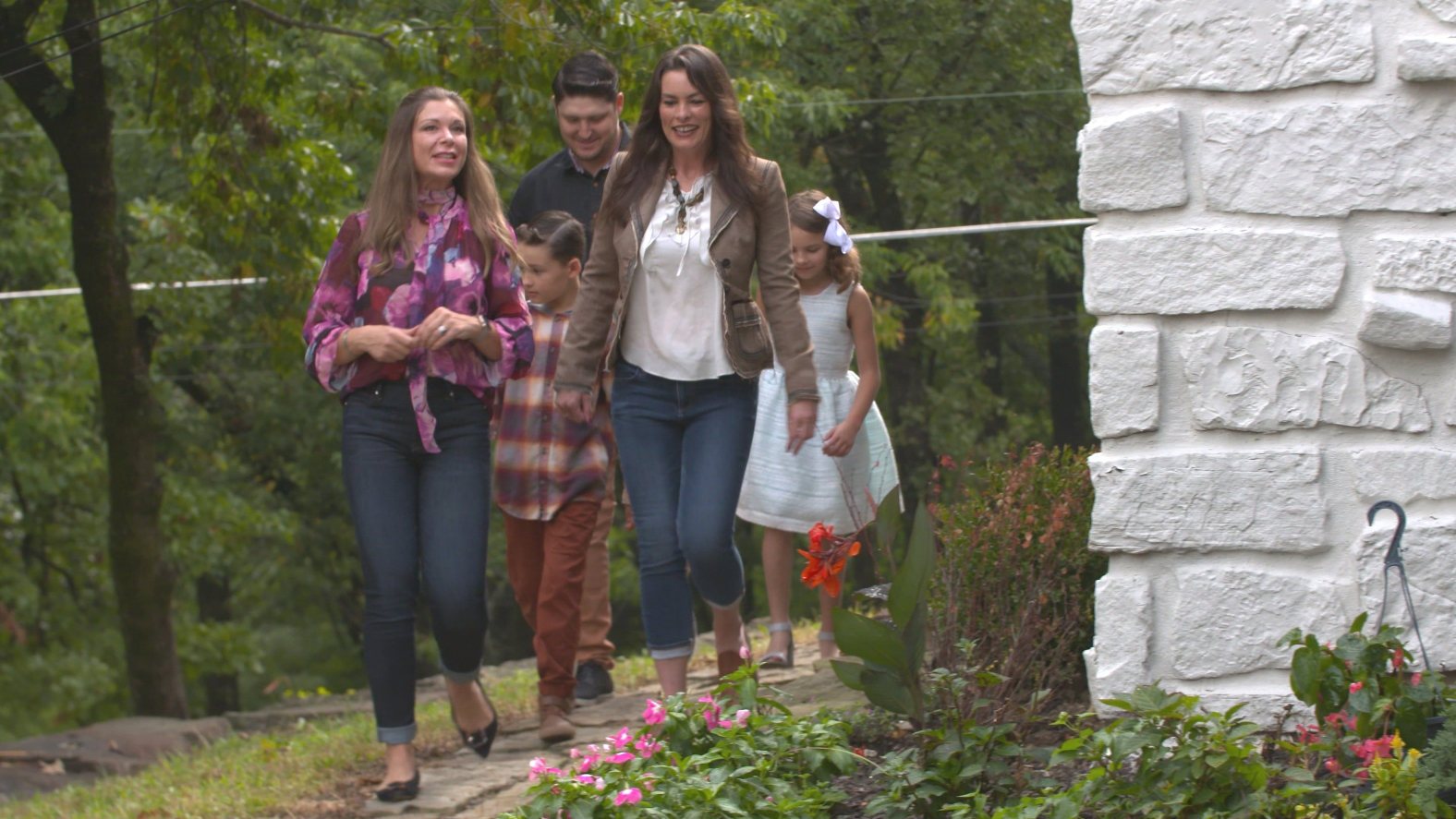Disasters can strike at a moment’s notice. Whether it’s a natural disaster or disease outbreak, the impact to your business can be, well . . . disastrous. You can mitigate the damage, though, by preparing for it. Implement a disaster preparedness plan that will enable you to act quickly and effectively during a time of great stress and panic for you and your clients. Here’s how.
First, outline the steps you’ll take to address the safety of your staff and independent contractors. Schedule routine safety drills. Create a check-in procedure for everyone to communicate with you about their safety. Have a remote work policy if employees cannot report to work. Share your plan with your team so everyone understands how it will be implemented.
Next, address securing your critical hardware and electronic data. Enlist the help of an IT professional to develop a systems recovery plan, and adopt a system that can sustain remote work. Implement the 3-2-1 backup plan: have at least 3 copies of your data – 2 stored locally on different devices and 1 stored offsite. Ensure that your firewall is secure and your anti-virus software is current.
It’s also important to consider your financial obligations. How will commission checks be received and distributed if the office is closed? How will your bills be paid? Consider establishing an emergency reserve fund in the event that your main banking facility is affected.
Finally, create a plan for handling pending transactions that may be impacted. For example:
FIRST: Develop a plan for communicating with clients during and after a disaster. Enquire about their safety. Then calmly explain what you know and don’t know about the transaction, and next steps.
SECOND: Review the contract and identify provisions that may be impacted. Are the representations and warranties still accurate? Can you no longer satisfy a condition to closing? Is there a force majeure provision that excuses the parties’ performance under the contract as a result of the disaster? Is there a provision allowing extension of the closing date?
In the event of a natural disaster, look for language identifying which party is responsible for damage occurring to the property prior to closing.
With coronavirus in mind, when negotiating a contract, consider the proper allocation of risk of cancellation or closing postponement resulting from the epidemic or other health concern.
And of course, remember that the parties can always amend the contract.
THIRD: Review applicable state law. In the absence of language in your contract, state law may dictate which party bears the risk of loss before closing. Some laws may also excuse performance based on “impracticability” or “impossibility of performance”.
FOURTH: If you represent the seller, instruct your client to document the damage and file a homeowner’s insurance claim as soon as possible after a natural disaster. Unfortunately, homeowner’s insurance will not cover loss sustained in connection with health epidemic.
FIFTH: Check in with lenders. If the contract remains effective, the buyer should ask about re-appraisals and re-inspections. The seller should ask about whether deferment options or fee waivers are available until closing.
If the contract has been canceled, both sides should promptly notify their lenders. The seller should again discuss whether any deferment options or waivers are available.
While we may not be able to prevent a disaster from happening, we can mitigate its damage by being prepared.
Check out these resources at nar.realtor to help you create or update your disaster preparedness plan.













